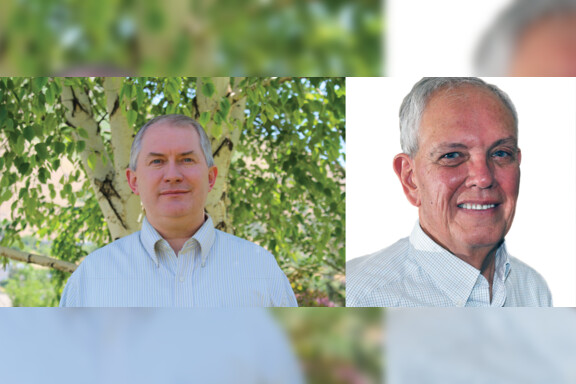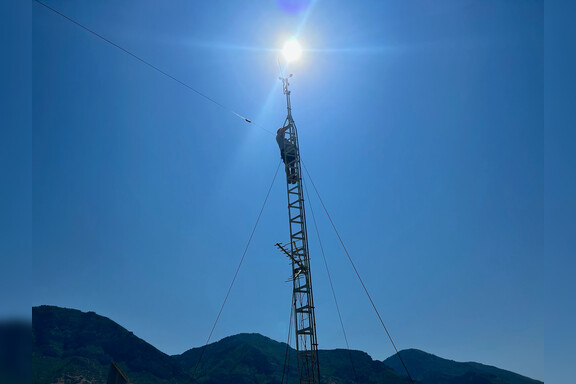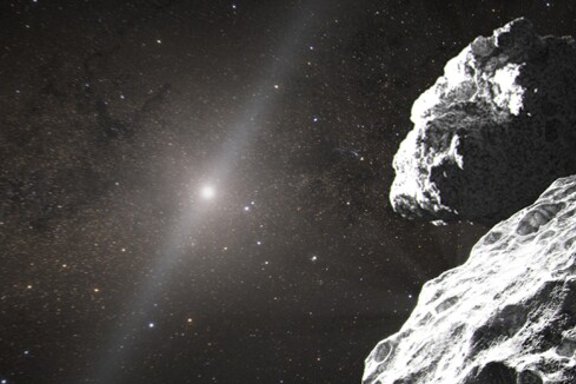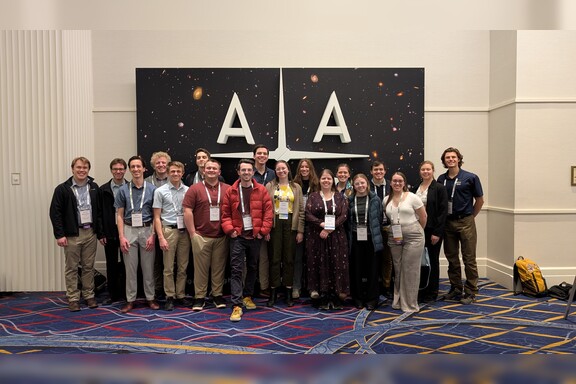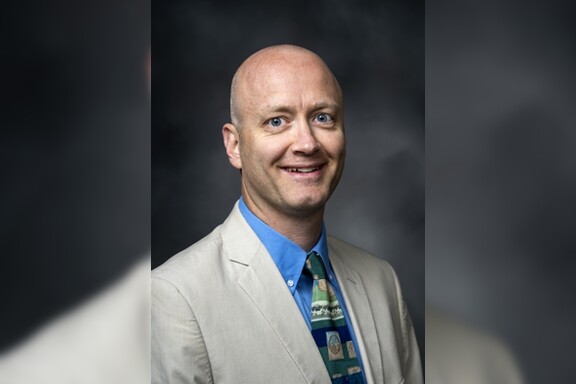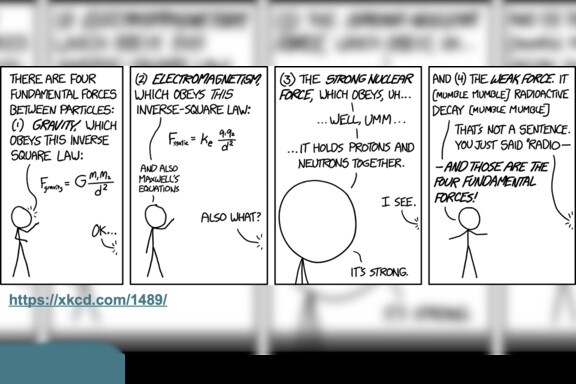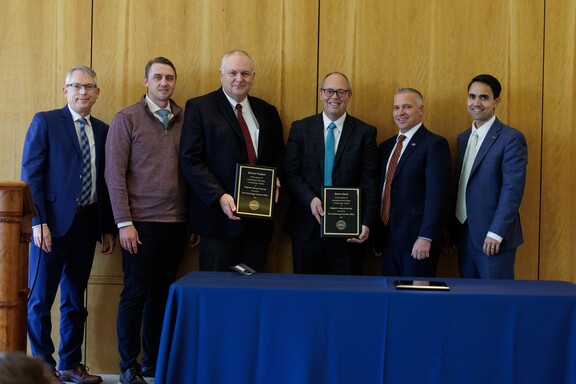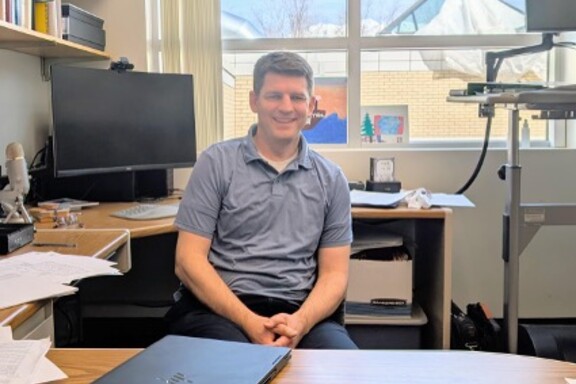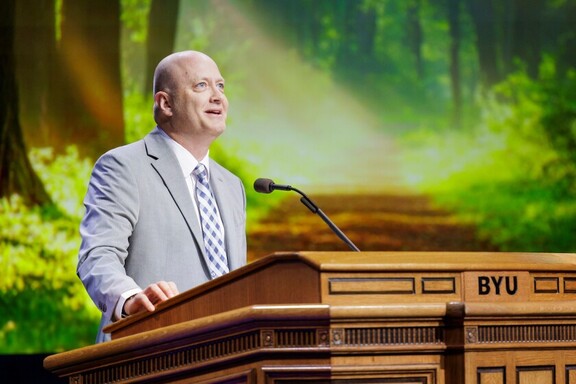
Photo by LOGAN MATHEWS
By Sharman Gill, November 18, 2024
What does it feel to like to witness a rocket launch – not just any rocket, but SpaceX’s Starship, the largest and most powerful rocket in the world?
BYU student Noah Pulsipher, who witnessed a Starship launch in October, described it:
“It was the loudest thing I’ve ever heard, for sure. You can feel the sound whipping over your body; it feels like it’s almost pushing you back sometimes,” Pulspiher said. “And then, all around me, car alarms are going off and dogs barking—things like that. It’s a powerful experience.”
Pulsipher is part of BYU’s Physics and Aerospace Student-Centered Acoustics Laboratory (PASCAL), led by physics professor Kent Gee. Gee, who has spent his career measuring high-amplitude sound from rockets such as NASA’s Artemis I, said the sound from the Starship launch was unique.
“It’s got this low-frequency rumble that’s just overwhelming,” Gee said. “And then on top of it, you have this kind of high-frequency popping. I call it crackle. It’s a very unique sound experience.”
Rocket acoustics, while felt, can be objectively measured. Pulsipher and Gee, along with four additional BYU collaborators, recently published a paper about noise measurements at Starship’s fifth flight, including the booster landing and sonic boom. The sound was extraordinary: even 10 kilometers away, it was as loud as a rock concert. At 20 kilometers, it rivaled the noise of a table saw or snow blower. At 30-35 kilometers, the sound was still as loud as a vacuum cleaner or hair dryer.
Their study also compared Starship’s acoustics to other powerful rockets. One Starship launch produces the noise equivalent of 4-6 Space Launch System launches or at least 10 Falcon 9 launches. With Starship launches projected to increase to 100 per year, Gee said the noise could have significant implications for nearby communities, including window rattling, disruption to sleep, setting off alarms and even disrupting wildlife populations.

“We are a space-going people now and it’s a delicate balance. How do you balance that with making sure you’re being a good environmental steward? Our research will see what the impacts are on threatened or endangered species in the region, as well as the impact on community life.”
Currently, there are no regulatory guidelines on noise levels for rockets. While PASCAL’s work isn’t focused on policy, their data could help inform decision-makers and communities as spaceports become more common.
To prepare for Starship’s sixth flight on November 19, the PASCAL team transported three pallets of equipment to Texas, including computers, data acquisition systems, GPS, microphones, and windscreens.
“This is a unique opportunity for students to participate in something like this,” Gee said, noting that BYU is the only university studying rocket noise to this extent.
For Pulsipher, the thrill of a rocket launch never fades.
“It’s always incredible to see the rocket go off,” he said. “First you can see the light coming off and then a little bit later you hear the sound and your jaw just drops. That’s a really fun experience. I always look forward to that.”
More Information on This Article
News and Events
